Kazakh Dishes: Basic Overview
Common Ingredients
Common Cooking Methods
Courses
Meals
Key Taste
Eating Etiquette
Meal Presentation
Culinary Festivals
Influence and Fusion
Popular Types of Kazakh Dishes
-
Dumplings
Many dumplings are staples in the country.
They feature a doughy exterior with fillings made from meats and/or vegetables.
Most are not for vegans/vegetarians and not gluten-free.
They are typically steamed or boiled.
-
Cakes and Pastries
These range from sweet to savory which can be filled with meat, cheese, or sweet fillings.
Some have a flaky texture, while some are thick and dense.
-
Bread and Doughs
Bread in Kazakhstan varies from flatbreads to fluffy, leavened types. They are not free of gluten due to the flour.
They are normally baked in traditional ovens.
-
Noodle Soups
Kazakh soups include rich broth with homemade noodles.
Meat and vegetables are common accompaniments.
-
Dry Noodle Dishes
These dishes focus on noodles served with less broth. -
Rice Dishes
These delicacies use rice as a main component.
It is cooked with meat, spices, and vegetables.
-
Stews
Stews are slow-cooked and hearty dishes with meat. -
Soups
Soups are typically rich in flavor and use meat broth (e.g., lamb, horse, or beef).
Some soups held cultural significance.
-
Desserts
Desserts in Kazakhstan are sweet pastries, dairy-based treats, and nutty paste.
Kazakh Dishes: Signature Culinary Delights
-
Most Popular Dishes
These dishes are widely beloved and integral to Kazakh culinary culture.
They are served in homes and restaurants throughout the country.
-
National Dish
The delight reflects the nomadic heritage and shows the essence of Kazakh hospitality and communal dining. -
Traditional Dishes
These are time-honored recipes passed down through generations.
They are linked to specific rituals, celebrations, or daily life.
-
Street Food
It refers to Quick, convenient, and flavorful foods typically sold in local markets or small street stalls. -
Exotic Dishes
They are less common in other countries, especially those outside Central Asia, or have unique ingredients. -
Fusion Dishes
Fusion dishes here blend traditional Kazakh elements with influences from other cuisines, like Russian and Soviet influences.
Kazakh dishes are culinary creations prepared and enjoyed by the people of Kazakhstan.
Local cuisine is significantly shaped by the nomadic Central Asian traditions. Russian culinary influence is also considerable in Kazakhstan, which was part of the former Russian Empire and Soviet Union.
Traditional Kazakh foods are calorie-dense and heavily dependent on meat (including mutton and horse meat) and dairy products. Pasta, grains, and vegetables are also popular ingredients.
Among the most popular types of dishes in Kazakhstan, notable names are stews, breads, cakes and pastries, and noodle-based dishes.
Most Kazakh main dishes are savory, while snacks and desserts are usually sweet.
Baking, boiling, stewing, deep-frying (traditionally in animal fat), and grilling are dominant cooking techniques.
However, curing methods, such as salting and fermenting, are widely used to preserve dairy products and similar foods.
With the emphasis on meat and dairy, Kazakh foods are usually gluten-free, though vegans and vegetarians find fewer options here.
Continue reading for more informative facts about the cuisine of Kazakhstan, starting with how historical and cultural factors influence it.
The next topics will cover Kazakhstan’s regional cuisines, the role of Kazakh dishes in local festivities, the main features of Kazakh dining practices, and the food taboos to avoid in the country.
Are you ready to explore the beauty of Kazakh dishes? Don’t just read about them, engage with your senses! Use interactive filters or click on the dishes to dive deeper into them.
42 Most Popular Kazakh Dishes with Filters
#1
in Kazakhstan
#2
in Kazakhstan
#3
in Kazakhstan
#4
in Kazakhstan
#5
in Kazakhstan
#6
in Kazakhstan
#7
in Kazakhstan
#8
in Kazakhstan
#9
in Kazakhstan
#10
in Kazakhstan
#11
in Kazakhstan
#12
in Kazakhstan
#13
in Kazakhstan
#14
in Kazakhstan
#15
in Kazakhstan
#16
in Kazakhstan
#17
in Kazakhstan
#18
in Kazakhstan
#19
in Kazakhstan
#20
in Kazakhstan
#21
in Kazakhstan
#22
in Kazakhstan
#23
in Kazakhstan
#24
in Kazakhstan
#25
in Kazakhstan
#26
in Kazakhstan
#27
in Kazakhstan
#28
in Kazakhstan
#29
in Kazakhstan
#30
in Kazakhstan
#31
in Kazakhstan
#32
in Kazakhstan
#33
in Kazakhstan
#34
in Kazakhstan
#35
in Kazakhstan
#36
in Kazakhstan
#37
in Kazakhstan
#38
in Kazakhstan
#39
in Kazakhstan
#40
in Kazakhstan
#41
in Kazakhstan
#42
in Kazakhstan
Kazakh Dish Images
What Historical Factors Impact Kazakh Dishes?
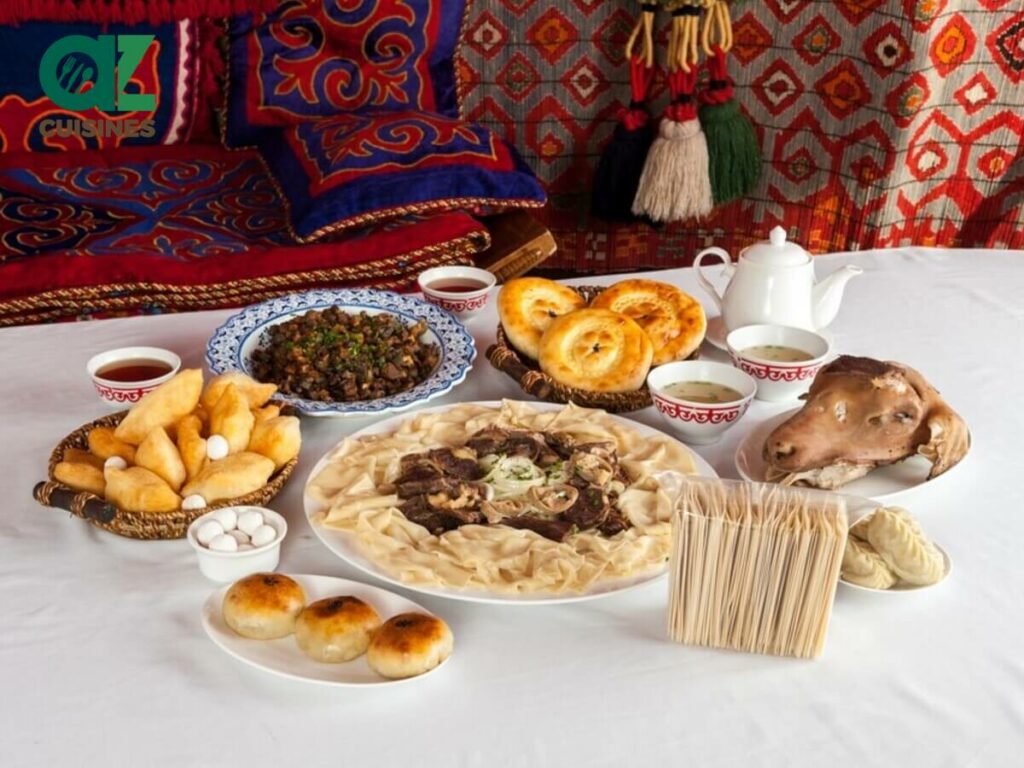
The following 3 historical aspects have had an enormous effect on shaping Kazakh foods.
Nomadic Heritage
The nomadic lifestyles of Kazakhstan’s early inhabitants made meat, dairy products (especially cheese and strained yogurt), and preserved meat especially popular. Those foods utilized readily available ingredients and were easy to carry.
In addition, simple cooking techniques like boiling or stewing were preferred and could be done with a single kazan (a traditional large cooking pot in Central Asia).
Nomads also liked eating food with their hands, which partly explains why tandyr nan (circular Central Asian bread) is a prevalent side dish.
Another effect of the nomadic influence is Kazakh emphasis on shared meals and community values.
The Silk Road and Sedentary Lifestyle
The Silk Road, which passed through Kazakhstan, brought new ingredients and culinary knowledge to the country, such as noodles and rice from China.
Moreover, as the Kazakh people gradually shifted towards a more sedentary lifestyle, their diet began to incorporate more agricultural products, like grains, vegetables, and spices.
Russian and Soviet Influence
Russian and later Soviet rule brought new ingredients and dishes to Kazakhstan. This included the introduction of crops like potatoes and the popularization of dishes like shashlik.
Many foods from other countries were also introduced to Kazakhstan during the Russian Empire and Soviet periods, such as butterbrot, a staple German snack.
Along with the cultural influences, the historical factors determine many characteristics of Kazakh cuisine.
What Are the Cultural Influences on Kazakh Dishes?
Kazakh cuisine has been influenced by various cultural factors throughout its history, which I will introduce to you right away.
Dastarkhan
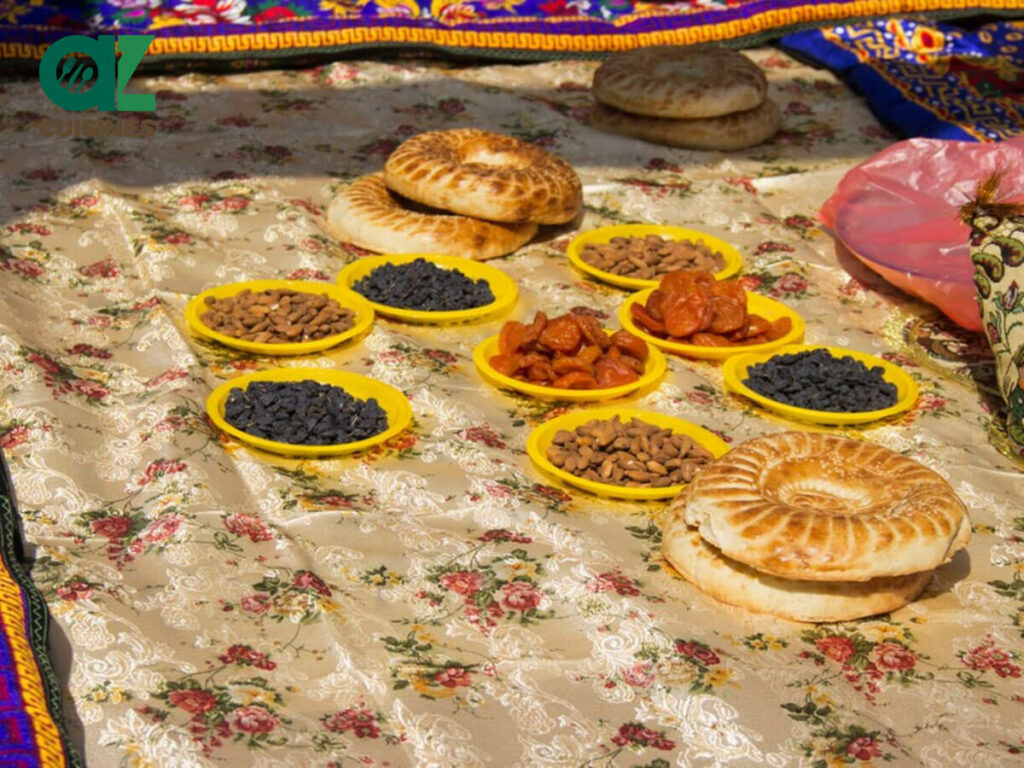
A dastarkhan (known as dastarqan in Kazakhstan) traditionally refers to a tablecloth spread on the floor or a low table or the table itself. This term can also mean a large communal meal or a feast.
Persia was the birthplace of the dastarkhan, which was then introduced to Central Asia.
The dastarkhan typically includes many hearty Kazakh dishes made from meat and dairy, making it a symbol of hospitality and generosity in Kazakh culture.
Participating in a dastarkhan is a social event where people share food and strengthen communal bonds.
Food Rituals
Meals in Kazakhstan reflect the country’s hospitality. Before the meal, the host brings a washbasin with water for guests to wash their hands, then serves them personally.
A boiled sheep head is a common dish to serve honored guests, who carve the meat from the cheeks and the left ears before giving the head back to the host.
Kazakhs also show respect to their elders during mealtimes. For example, choice cuts of meat, especially from beshbarmak, typically go to the oldest people and guests.
Cooking Practices and Utensils
Locals love serving dishes with beautiful plates, bowls, and kitchen utensils, such as silver-plated bowls, painted cups, or ornately carved wooden tools.
A few examples are ladles (ojau) and spoons (qasyq). Astau, or Kazakh handmade wooden dish, is a must-have vessel for serving beshbarmak, rice-based dishes, and boiled meat.
Wooden utensils are of great cultural importance, and Kazakh families usually store them under careful conditions, such as in felt and cases.
People in Kazakhstan use many types of bowls to contain milk and dough, showcasing their attention to dairy products and breads.
Global Influences
In recent years, global trends have further diversified Kazakh cuisine. For instance, many meat-centric dishes now come with vegan and vegetarian versions.
However, certain traditional foods in Kazakhstan possess different characteristics based on regions.
What Are the Culinary Traditions of Different Regions in Kazakhstan?
Below is a brief overview of how Kazkah cuisine differs between the country’s regions:
- Northern Kazakhstan: This region has a harsh climate, plus Russian and Slavic influences. Dishes often include meat, dairy products, and bread.
- Southern Kazakhstan: The cuisine here has more traces of Uzbek and Uyghur cooking styles, with rice, noodles, and spices being more popular than in other regions.
- Western Kazakhstan: Close to the Caspian Sea, Western Kazakh cuisine features considerable amounts of fish as well as meat.
- Eastern Kazakhstan: With Chinese and Mongolian influence, this region enjoys a variety of dumplings and noodle dishes.
- Central Kazakhstan: As the heartland of traditional Kazakh nomadic culture, this region has a heavily meat-based diet, particularly focusing on horse meat and mutton.
Despite the regional differences, food always plays a central role in Kazakh festivities.
What Is the Role of Food in Kazakh Celebrations?
There are many important holidays in Kazakhstan, which usually accompany several iconic dishes and desserts.
Nauryz
Nauryz, the local name for Nowruz (Persian New Year), is celebrated in March during the spring equinox.
The most popular Nauryz dish in Kazakhstan is nauryz kozhe (both a soup and a drink). There can be desserts and snacks, such as zhent and irimshik.
Oraza Ait and Qurban Ait
These two holidays are local versions of Eid al-Fitr and Eid al-Adha, the two most important Islamic holidays. Eid al-Fitr is the Feast of the Breaking of the Fast, and Eid al-Adha is the Feast of Sacrifice.
Various dishes are enjoyed on these occasions, such as halva, börek, plov (pilaf), qazı, manti, shelpek, qatlama
Weddings
Wedding ceremonies are a special and joyous occasion that demands hearty dishes. Common choices are beshbarmak, plov, manti, and bauyrsaq (boortsog).
To better immerse yourself in the delicious world of Kazakh dishes, there are several dos and don’ts to follow. Read on to discover local food taboos.
What Are the Eating Taboos Among Kazakhs?
When sharing a meal with Kazakhs, it is advisable to avoid the following practices:
- Spilling or splashing the water when washing hands: People may see this action as a sign of disrespect.
- Wasting bread: Bread has a near-sacred status in Central Asian cultures, and letting it go to waste is severely frowned upon.
- Eating non-halal foods: Since most Kazakhs are Muslims, it is unusual to consume dishes that don’t follow Islamic dietary law, such as pork.
- Standing on or walking over the dastarkhan: Doing so is considered very rude.
- Placing foods on surfaces other than the dastarkhan: There could be exceptions to this rule, so ask the host if you’re unsure about where to put the dishes.
- Yawning, spitting, picking noses, or playing with food or utensils: Those actions are regarded as impolite by locals.
Lastly, let’s check out the FAQs to explore other aspects of dishes in Kazakhstan.



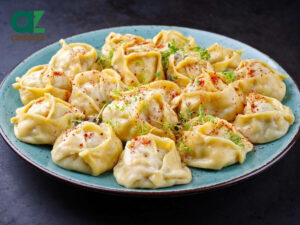
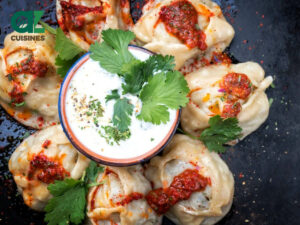


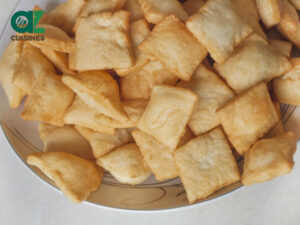


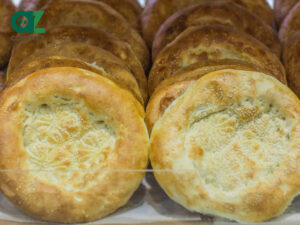
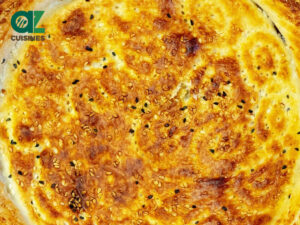

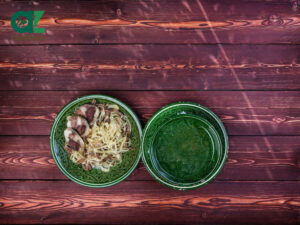
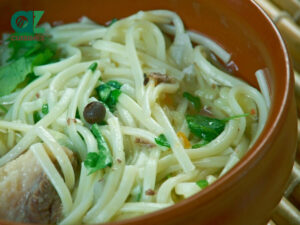
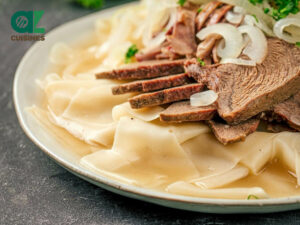

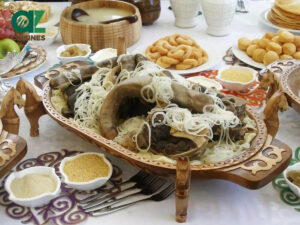
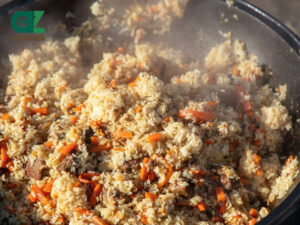
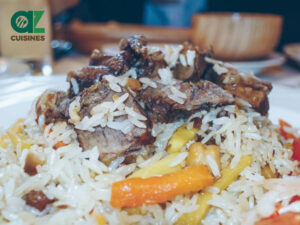
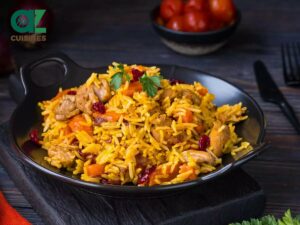
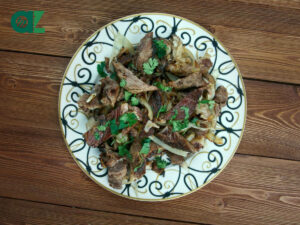

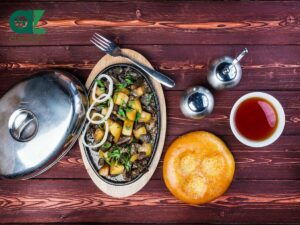
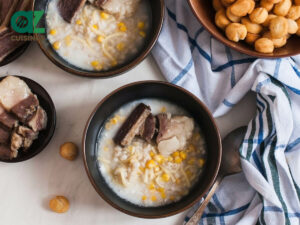
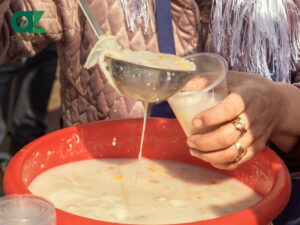
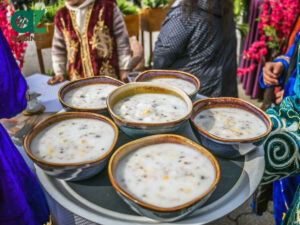
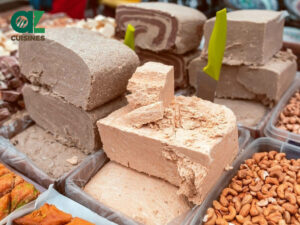


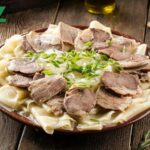
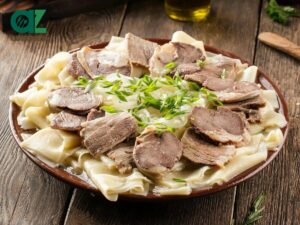
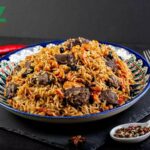
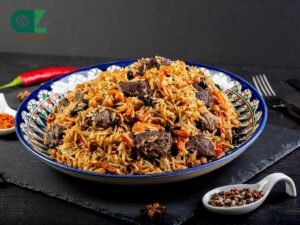



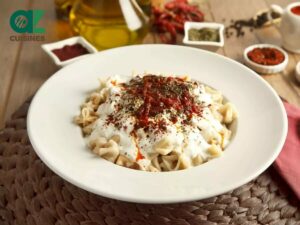
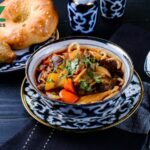


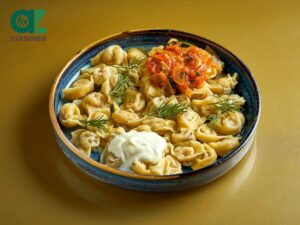
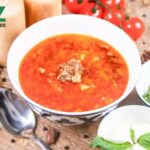

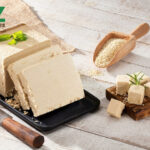
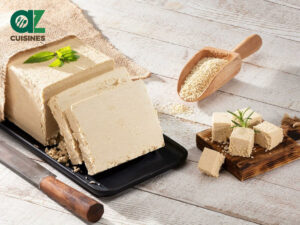

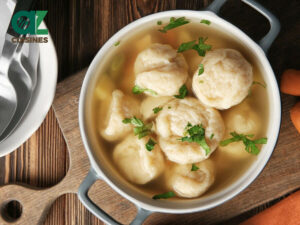
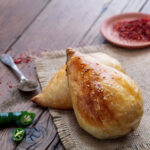
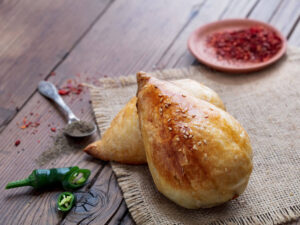

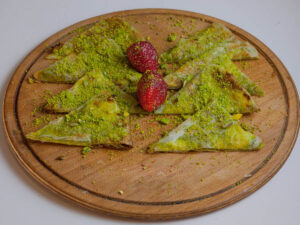
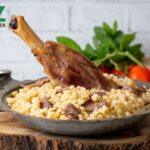
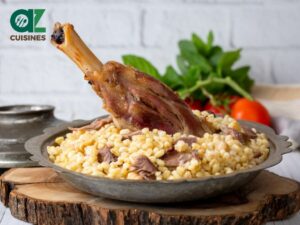


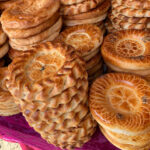
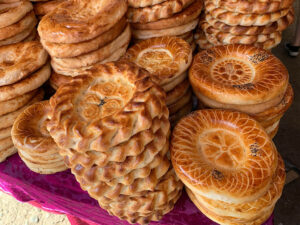


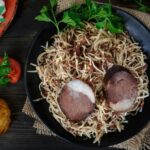
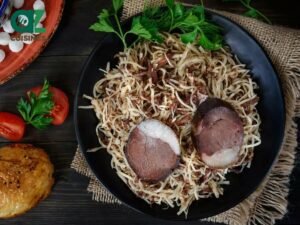
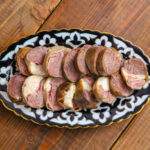
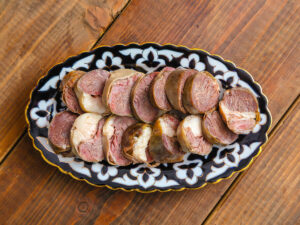




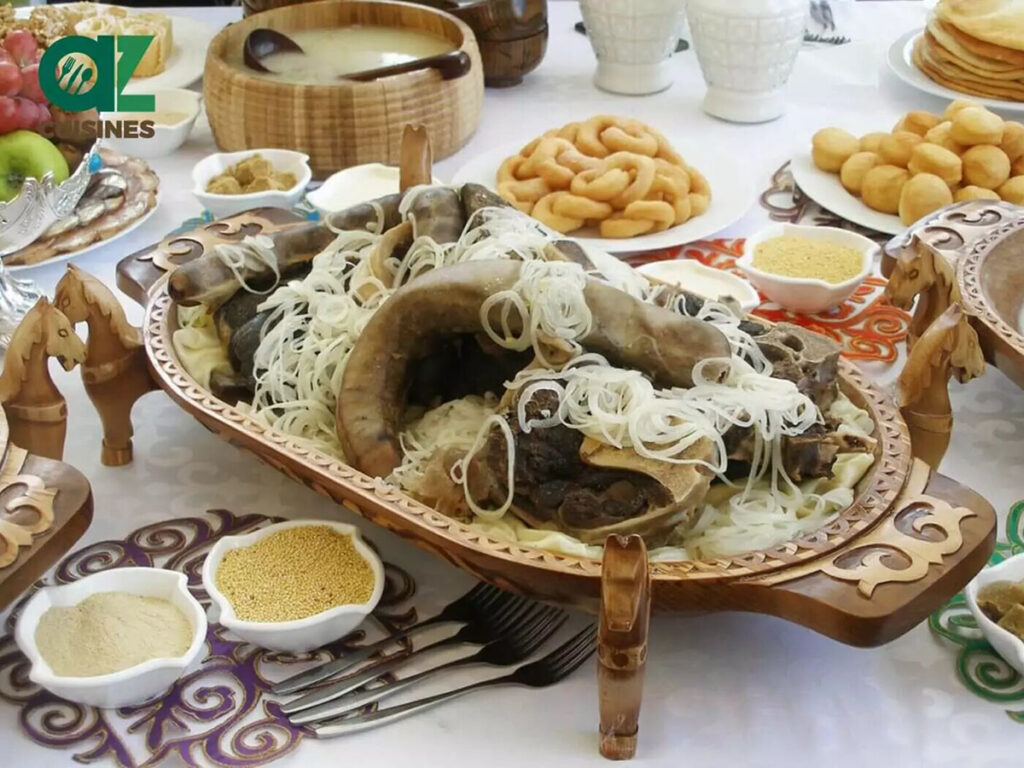
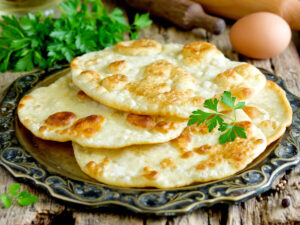
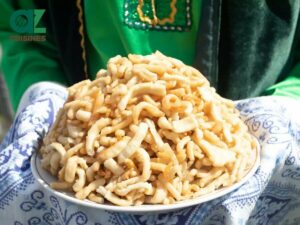
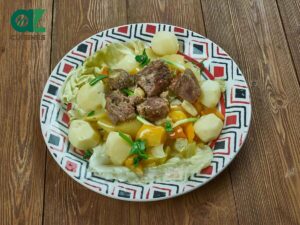
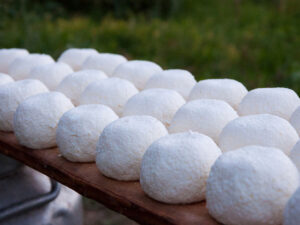
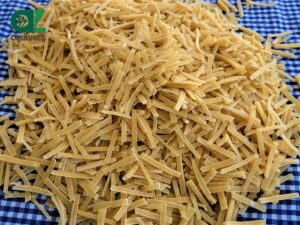

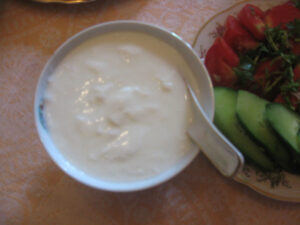
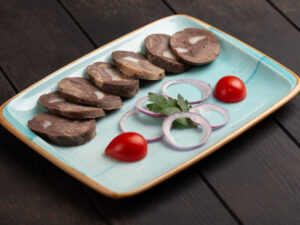
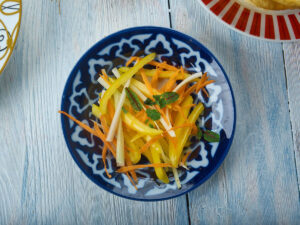
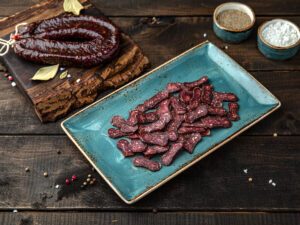
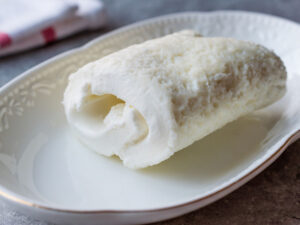


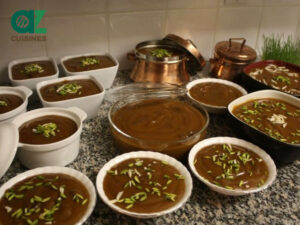
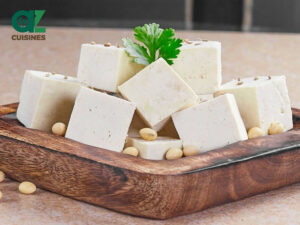


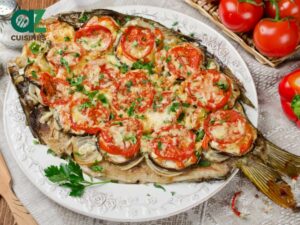

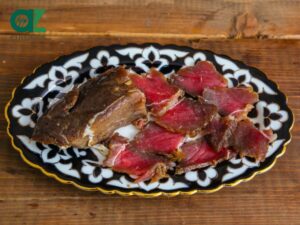
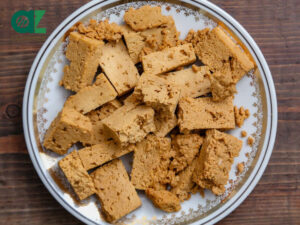

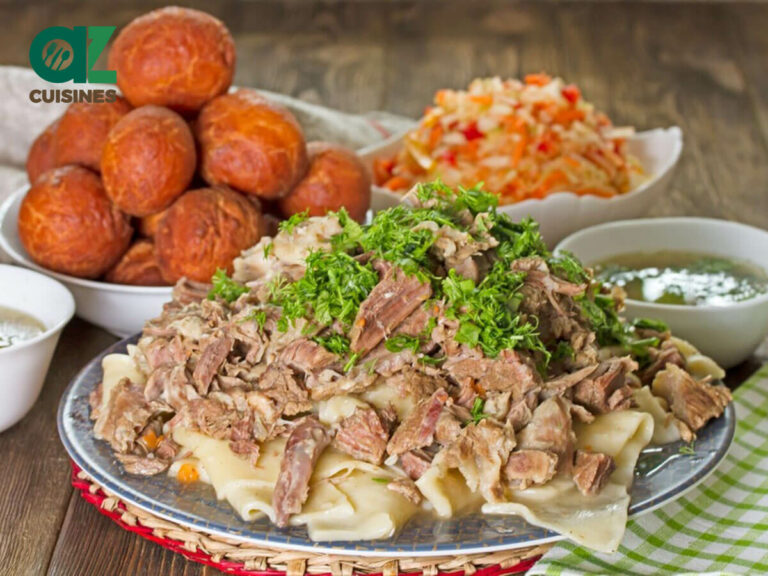
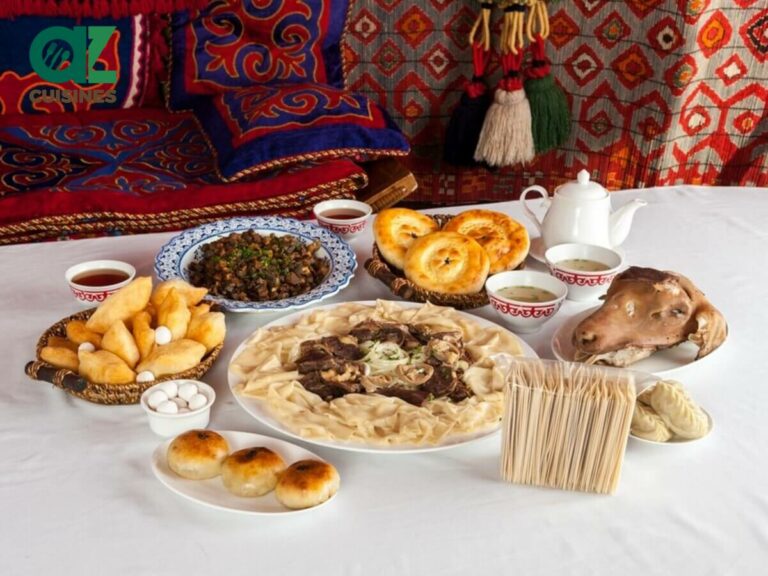

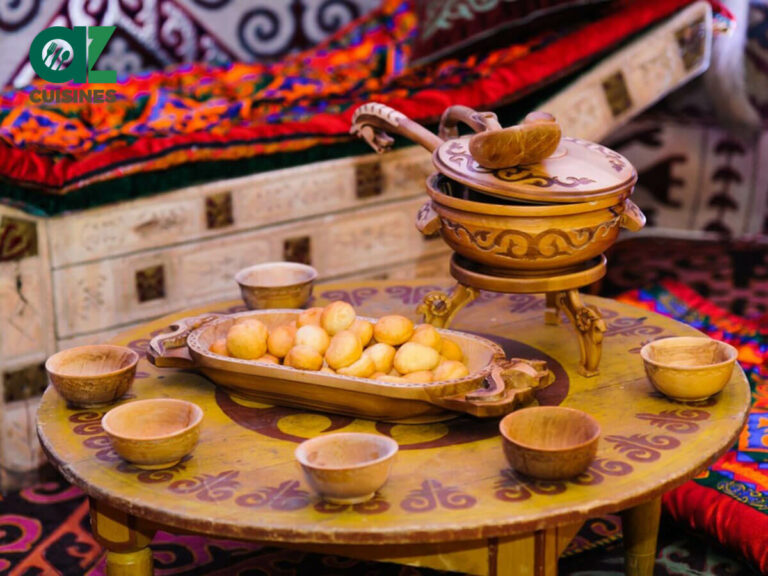

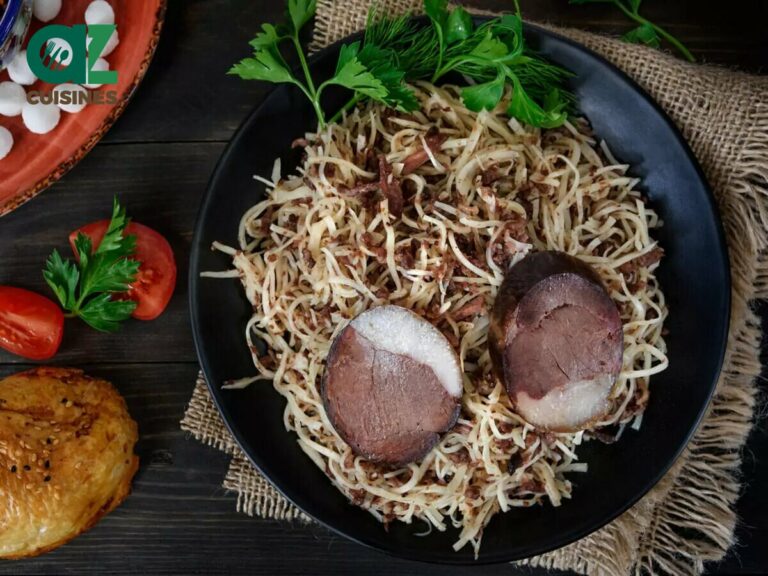
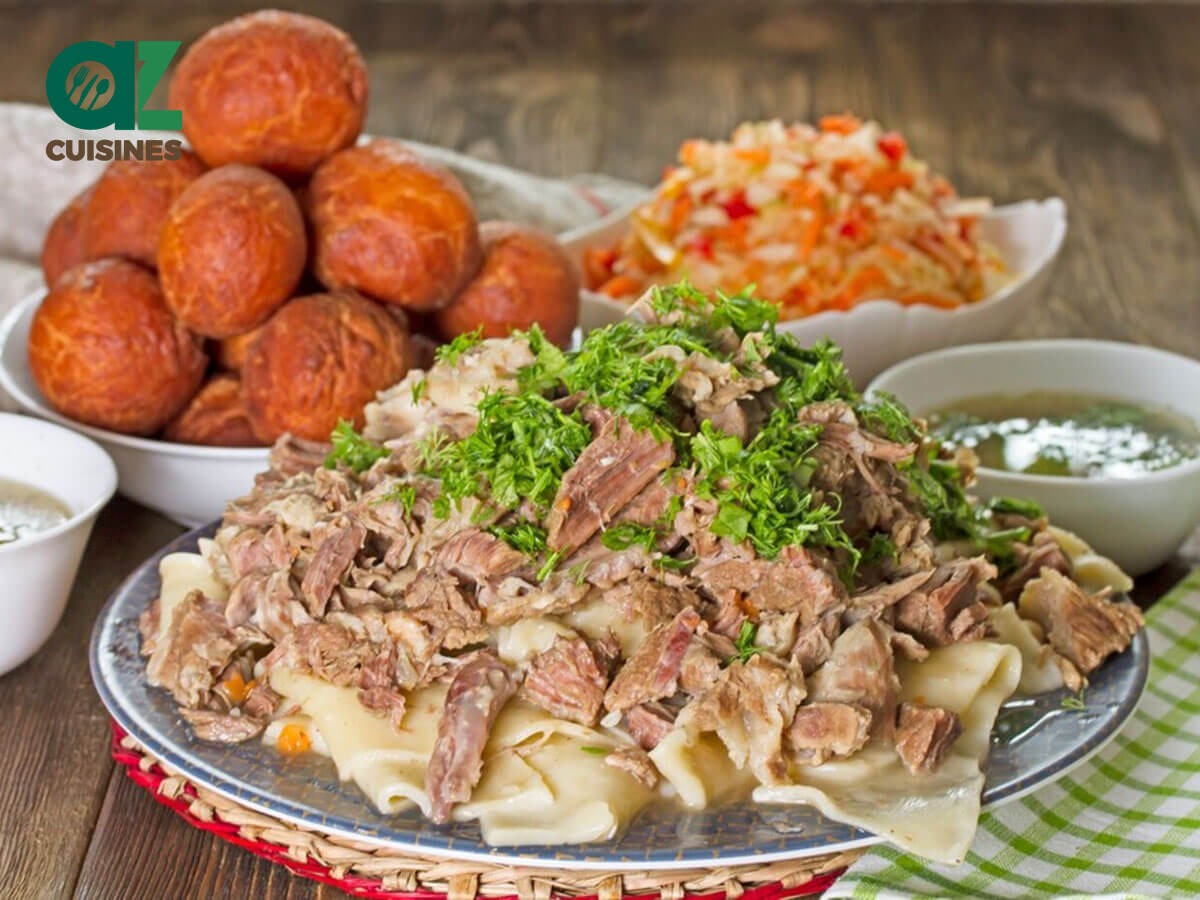
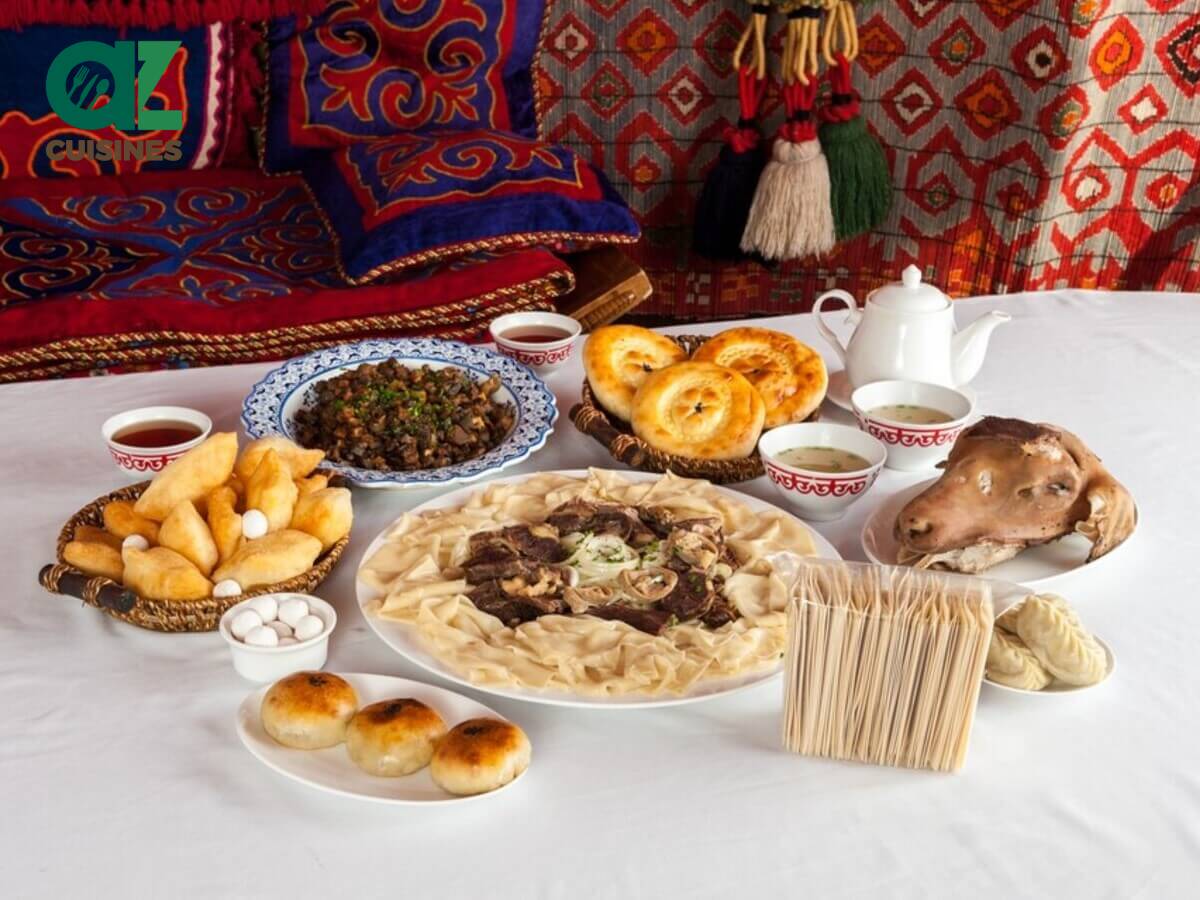
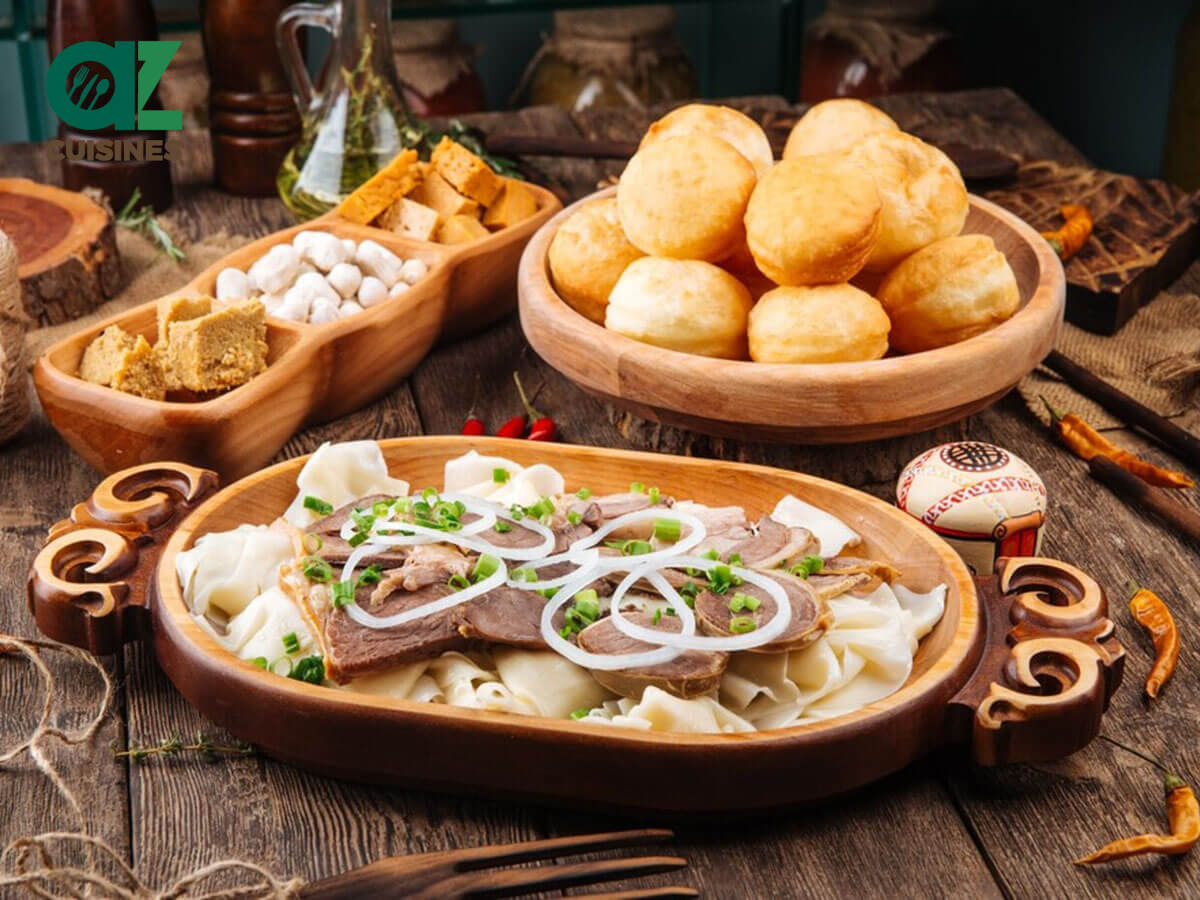

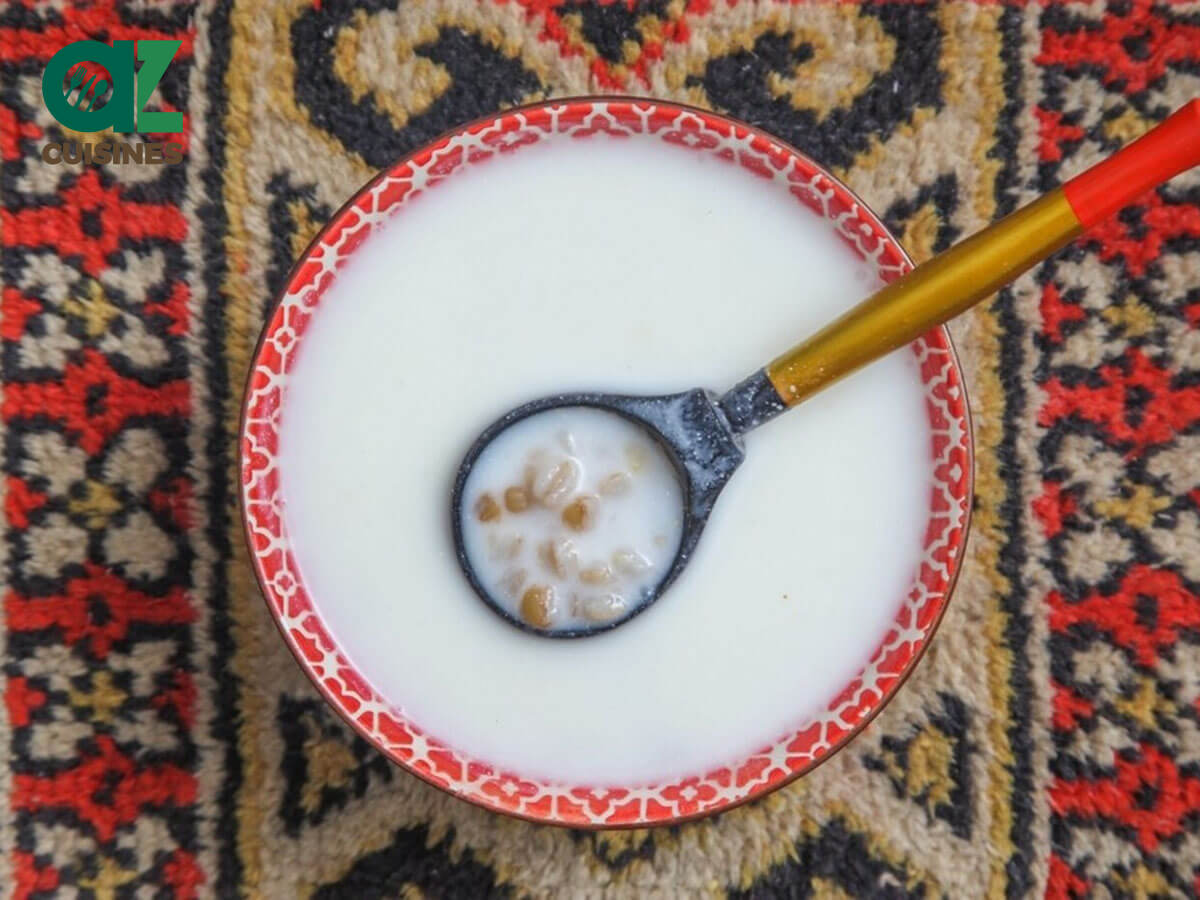
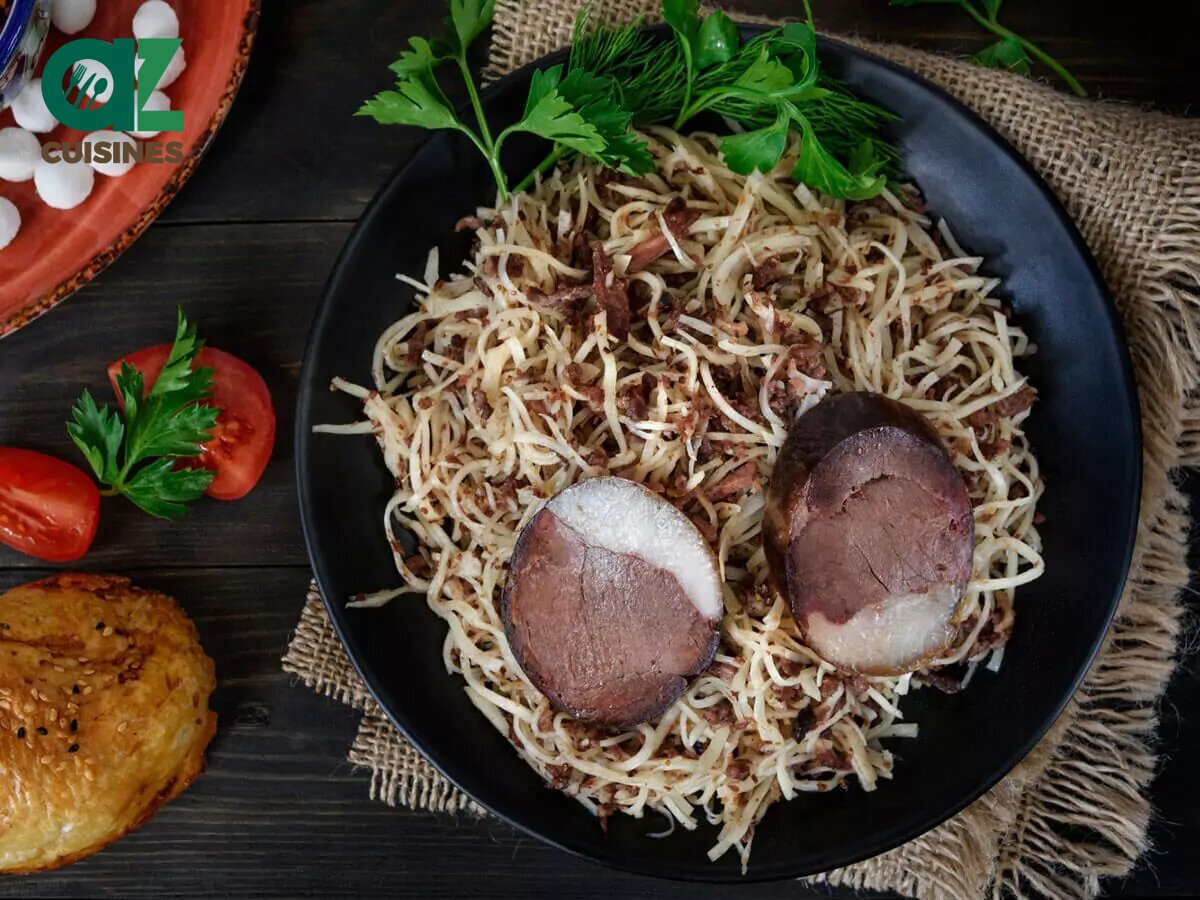
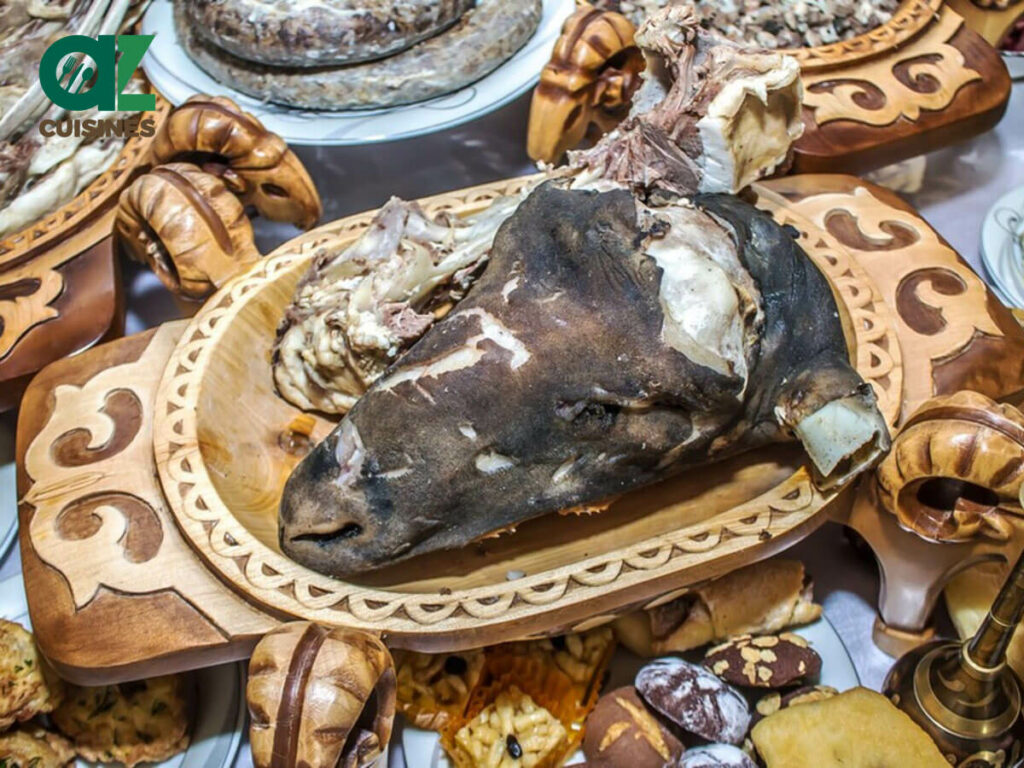
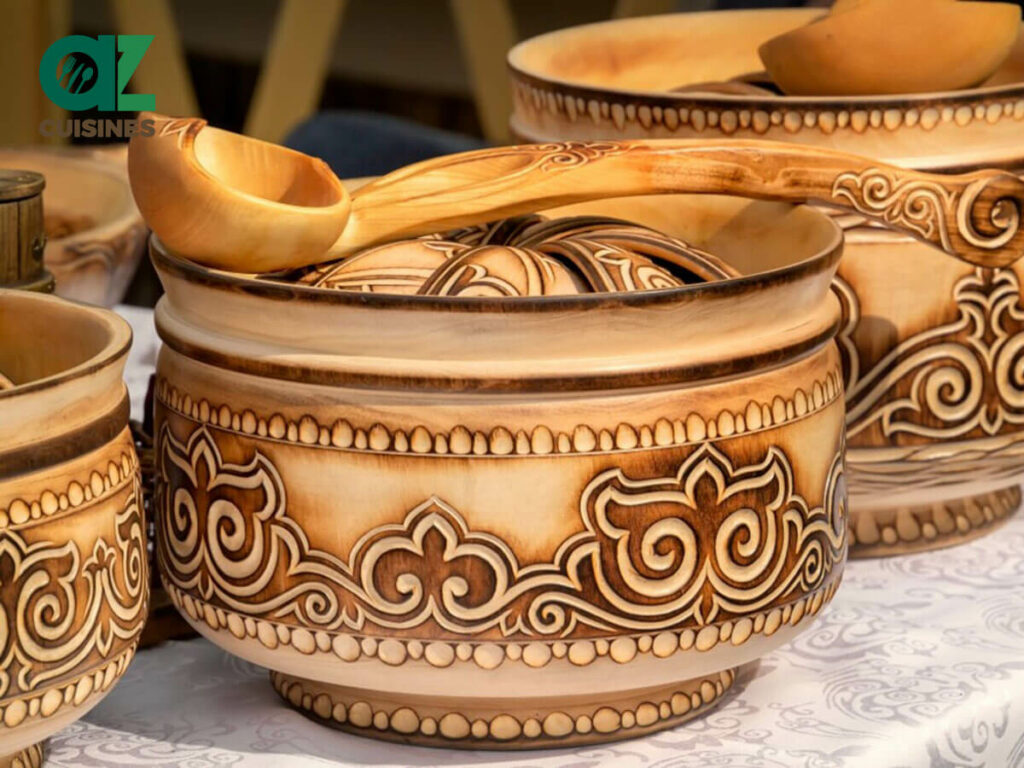
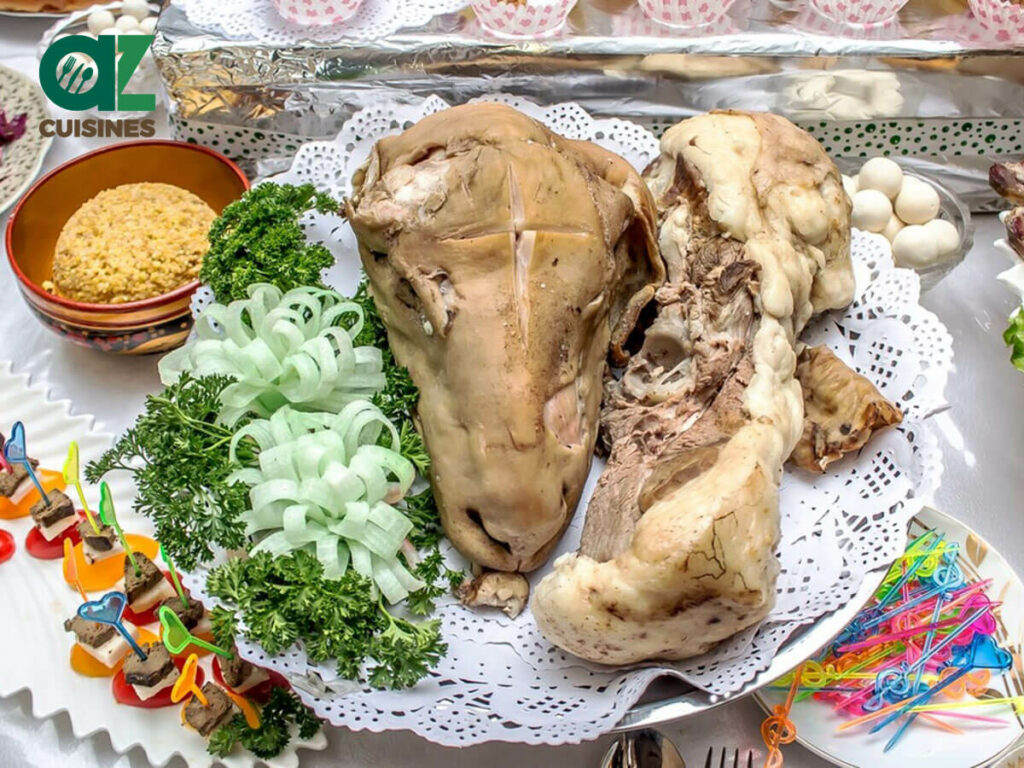
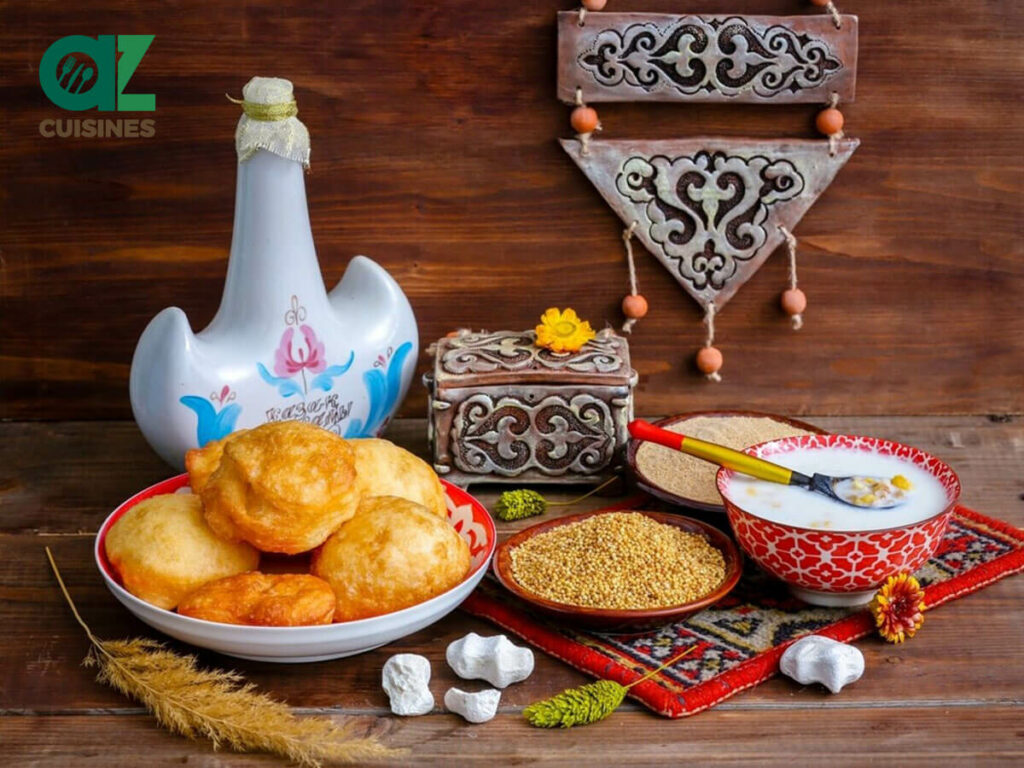
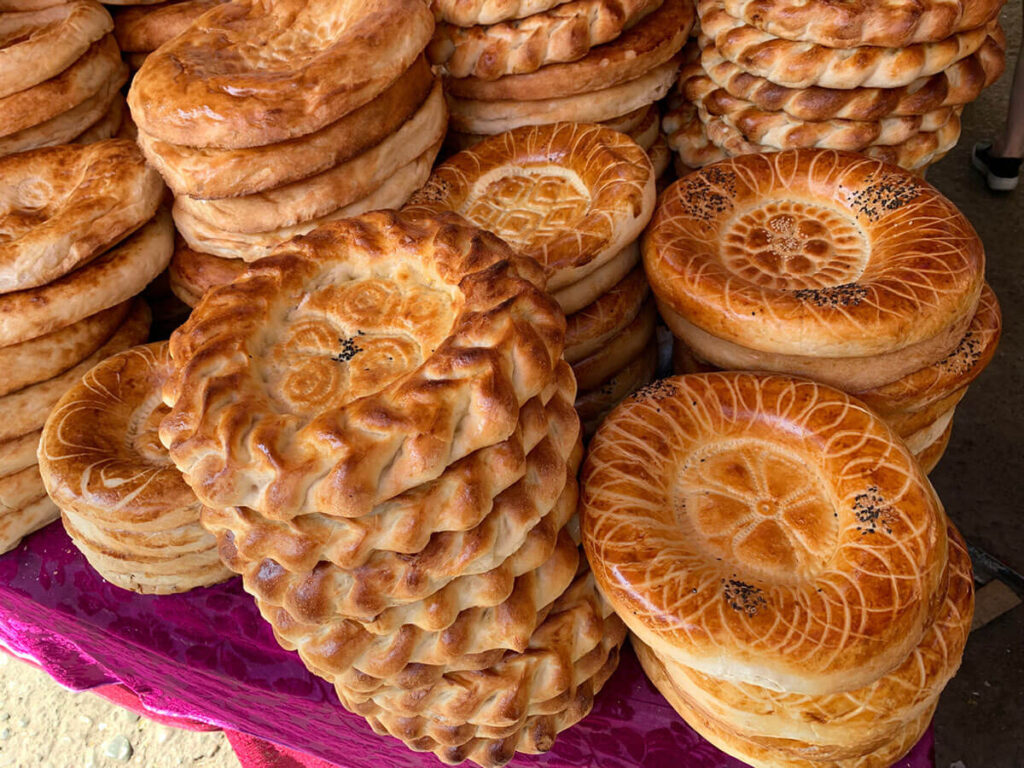
Adam Sam
Senior Food and Drink Editor
Expertise
Food Writer & Recipe Developer, Recipe Tester, Bartender, Cooking-video Maker, Editor In Chief
Education
Adam Sam, an experienced food writer and recipe developer, is passionate about blending diverse culinary traditions, national dishes, and innovative beverages, showcasing his proficiency in both traditional and modern recipe testing.
As the Editor-in-Chief, he elevates culinary content from street food to fine dining, focusing on Western cuisine and types of drinks at azcuisines.com, and is professional in creating engaging cooking videos that simplify complex dishes and ingredients.
His passion for food is evident in his writing, where he uniquely merges various cultures, traditions, and contemporary trends, skillfully combining classic recipes with modern cooking methods.